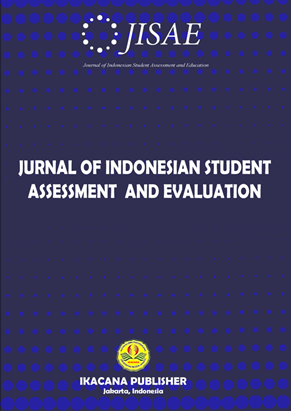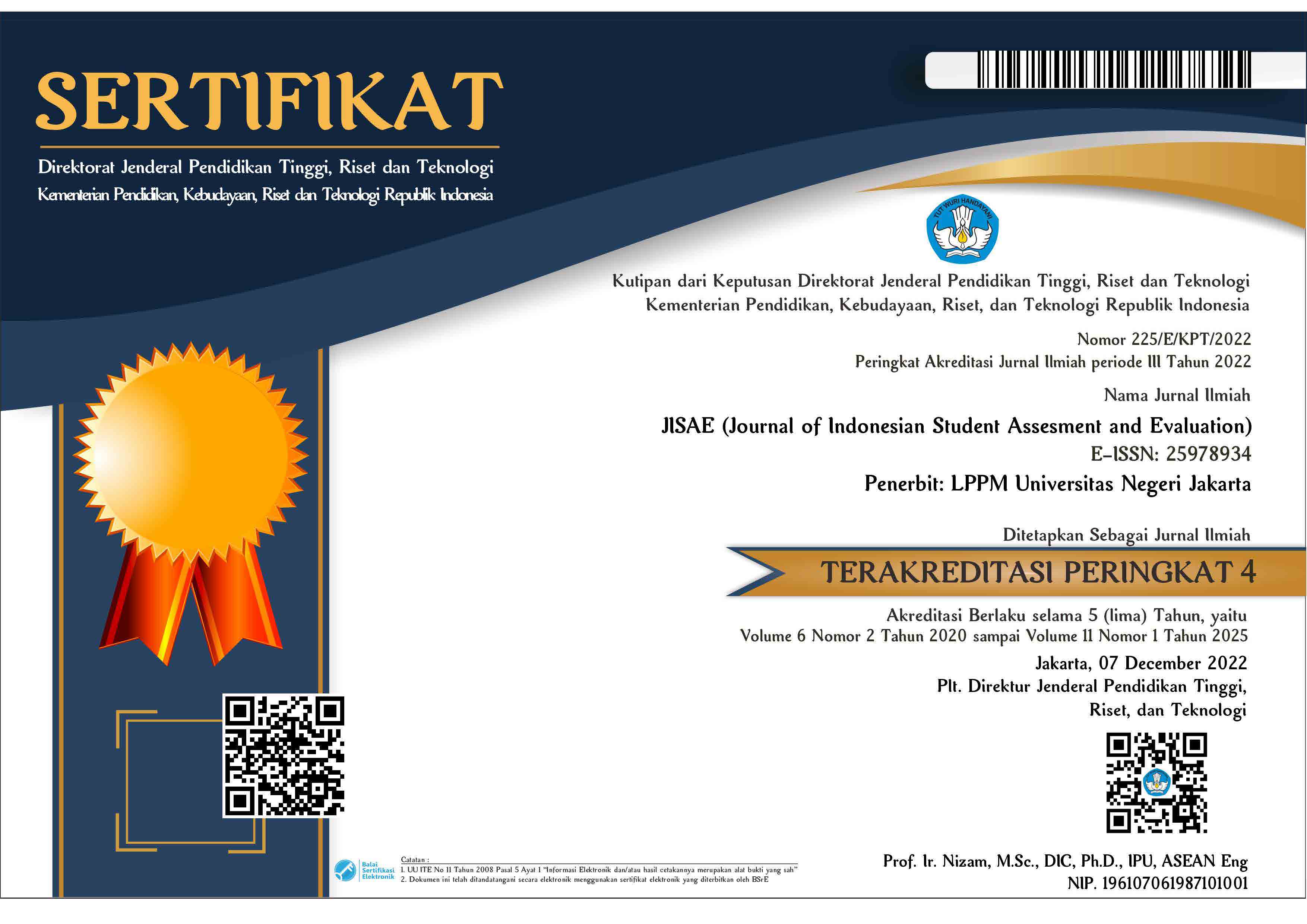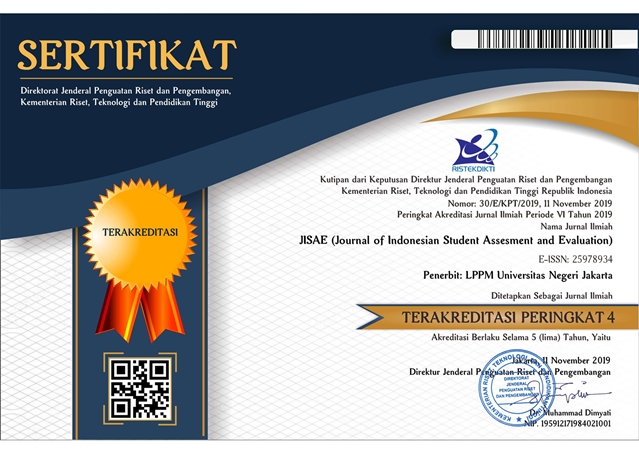THE APPLICATION-BASED ANALYSIS OF QUESTIONS ITEM QUALITY IN JUNIOR HIGH SCHOOL
DOI:
https://doi.org/10.21009/jisae.v6i2.15514Keywords:
Distinguishing Feature, Effectiveness Of Distractor, Level Of Difficulty.Abstract
The activity of analyzing the items is one of the obligations for each teacher in an effort to improve the quality of the questions. However, for Civics Education teachers, this has never been done especially for questions created by the Subject Teachers' Consultation which are used for the end-semester assessment. The purpose of this study was to determine the quality of the questions based on distinguishing feature, level of difficulty, and effectiveness of the distractor. This study is an evaluation study of 50 items of Civics Education Subject test in Banjarmasin, totaling 50 questions in the form of multiple choice questions at the end-semester test, academic year 2019/2020. The data collected are in the form of: (1) final exams question sheet, (2) question answer key sheet, and (3) students’ answer sheet. All data is obtained by documentation techniques. Data analysis uses the AnBuso version 8.0 application. The criteria for determining the quality of items are: (a) questions are considered good if the distinguishing feature is good/good enough, the level of difficulty is medium and all alternative answers are effective, (b) revision of alternative answers, if the distinguishing feature is good/good enough and the level of difficulty is medium, but the alternative there are ineffective answers, (c) good enough, if the distinguishing feature is good/good enough but the level of difficulty is easy/difficult, and (d) not good, if the distinguishing feature is not good. The results of this study indicate that the questions used for the end-semester test at Junior High School in Banjarmasin are 50 % of poor quality.











